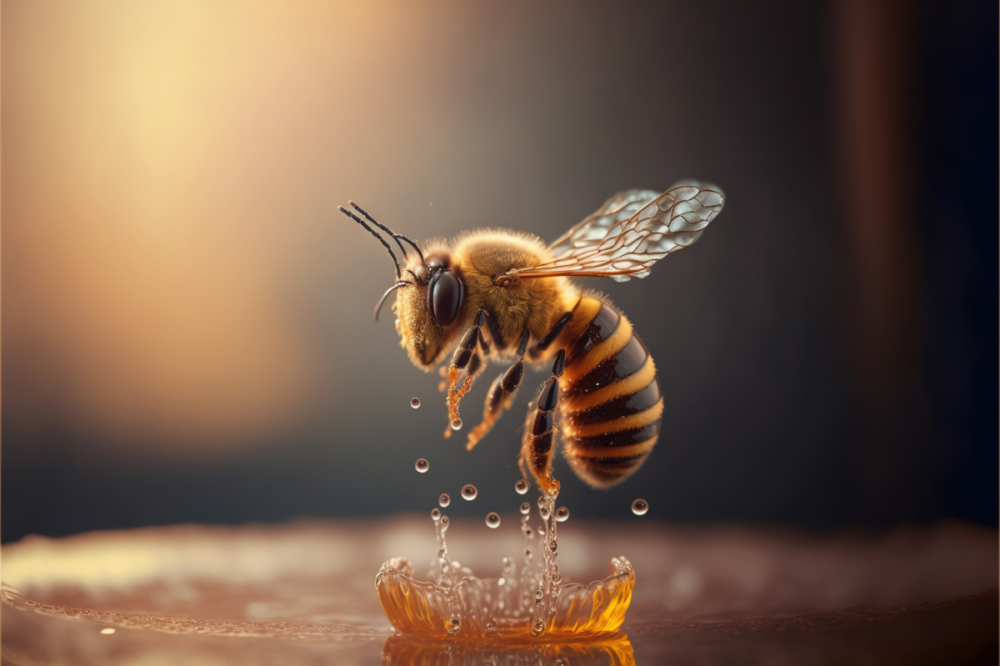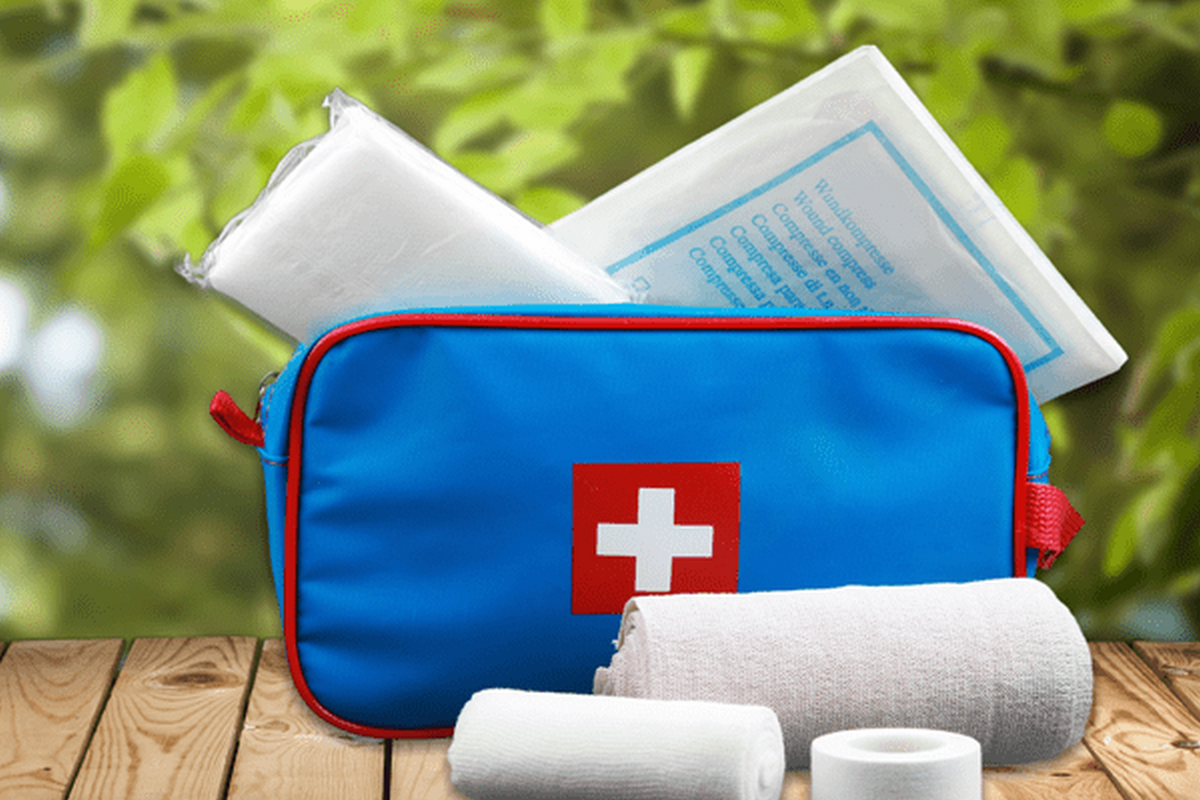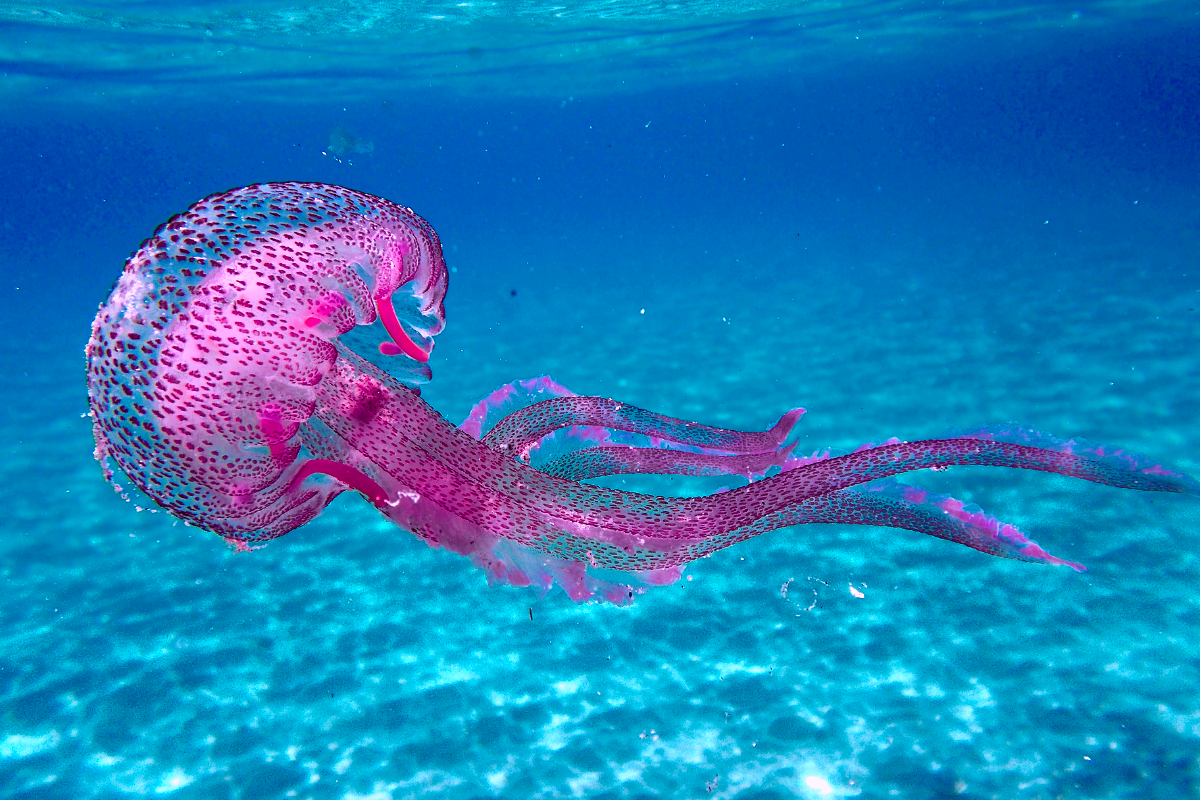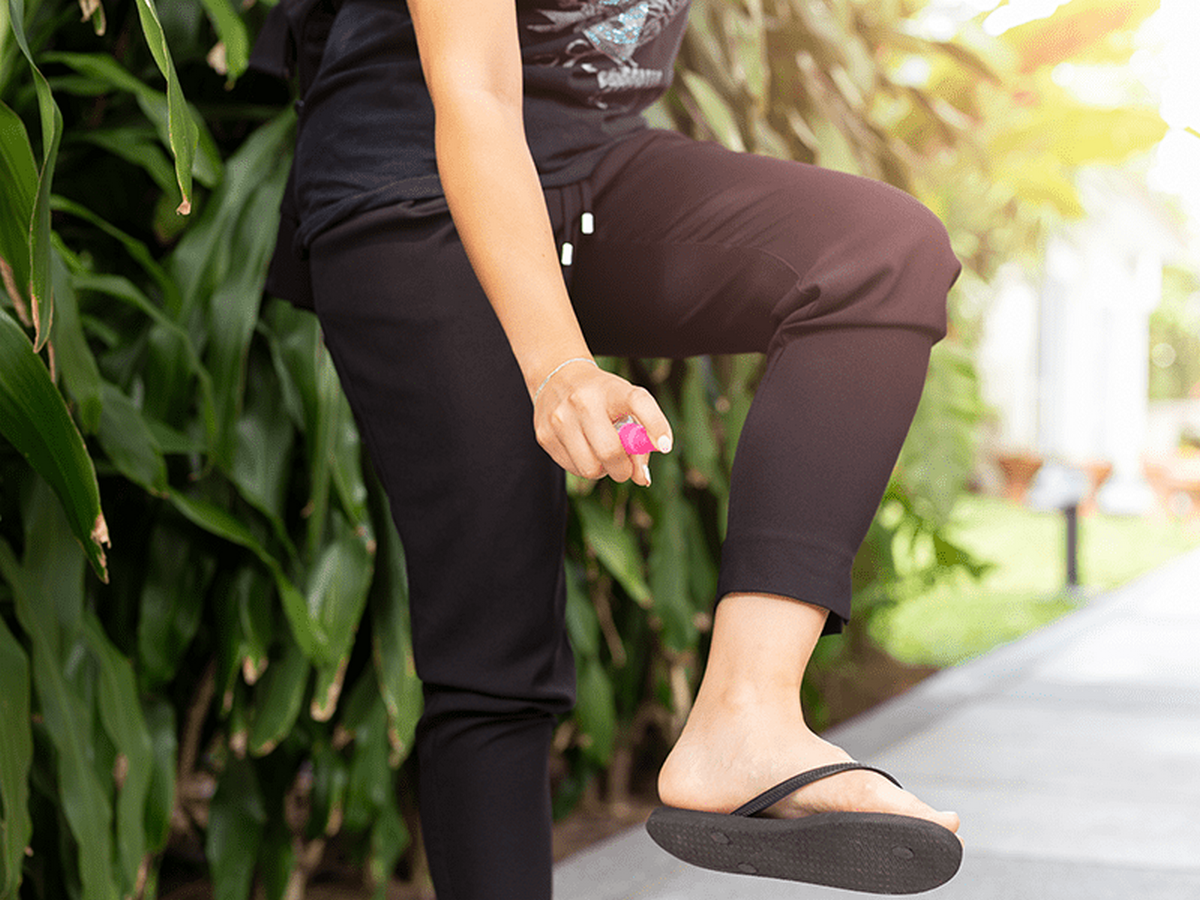Bee sting Vs Wasp sting: How to treat them

It might happen to anyone, especially during the spring or summer months! The sting of a wasp or bee happens quickly and makes us panic, as it can cause pain, itching, swelling, or even an allergic reaction.
How can we act quickly to deal with the sting? Initially, it is important to consider whether it is a bee or wasp sting, as the treatment should be different.
Table of Contents
How do I distinguish a bee from a wasp?
There is often confusion about whether a bee or a wasp has stung us, as these two insects have a similar shape and color. However, there are the following differences to determine which insect the sting comes from. [1]
- Wasps have distinct yellow and black stripes around their abdomen.
- Bees have a more light brown and yellow color, which has no specific shape. Additionally, they are social insects that live in a hive, which may contain several thousand bees.
What happens if a wasp or bee stings you?
Once you realize that there is a sting on you or someone you care about, the first and most important step is to remove the stinger! The longer the stinger stays on the skin, the more venom will be released: This can cause more pain, itching, and swelling.
Symptoms
For most people, a bee or wasp sting is a simple bother. These may appear temporarily:
- Pain
- Redness
- Itching
- Swelling
In addition to the above, there is a possibility that you are allergic to bee toxin. If you are not allergic, you can treat most symptoms easily at home.
However, if you are allergic to stings or have been stung many times, you may have a severe allergic reaction. In this case, symptoms of anaphylaxis may occur, such as the following:
- Swelling of the tongue or throat
- Dizziness
- Loss of conscience
- Stomach cramps
- Diarrhea
- Cough
- Motion sickness
- Vomiting
- Redness or itching
In the event of an allergic reaction or anaphylaxis, you should contact your healthcare professional immediately so that they can direct you accordingly. [3]
How to treat a bee sting?
You can treat a bee sting by following the steps below. [2]
1. Remove the sting
If you see that the stinger is left in your skin – as it usually is – remove it carefully so that no more venom is released. Try to remove it with your hands, fingernails or with a soft gauze, pushing it to the side. If you use tweezers or a card, you need to be very careful not to press too hard and break the sac at the end of the stinger, which contains the venom.
The whole process must be done relatively quickly since the venom is released gradually over the next few minutes after the bite.
2. Wash with soap and water
After washing the area thoroughly, you can then apply a cold compress. This will help to prevent swelling.
3. Put on ammonia
In the bee sting we can put ammonia, i.e. a base solution to neutralize the acid contained in the bee venom. An after bite containing ammonia is also helpful, and we can go to a pharmacy to get a mild antihistamine.
When does a bee sting go away?
Most of the time, the severe pain or burning lasts for an hour or two. Redness in the area may last up to 3 days. In addition, swelling can last up to 7 days. [6]
How to treat a wasp sting?
Wasp stings can be very painful, but usually cause minor discomfort that can be treated at home. Below, you will find easy steps to treat wasp sting easily:
1. Keep calm
Although bees only sting once, wasps can sting again. Therefore, if you feel that you have been stung, move away from the area.
2. Wash the area
The first step is to wash the area with warm soap and water. Cleaning the area removes the bacteria or venom from the sting.
3.Put on vinegar
While we put ammonia on the bee, we put vinegar on the wasp sting, which is an acid solution and neutralizes the base from its venom. Soak some in a cotton ball and place it on the sting until the swelling and redness go down.
4. Apply a cold compress
Then, place a cold compress on the bite site for 30 to 60 minutes. This will help the swelling and pain go down.
5. Seek appropriate medication
If the above steps do not help to reduce the swelling and pain, you should contact your doctor immediately so that he can prescribe the appropriate treatment.
What if the sting remains?
If the sting of the bee or wasp remains in our body, it will leave more poison (than if you had removed it earlier). The stinger of bees in particular needs more attention, as it has a spike and sticks into the skin.
You can remove the stinger with a credit card, your fingernail, or even tweezers.
When is a wasp sting dangerous?
You may be wondering: When should I see the doctor? Although a wasp sting is harmless to most people, it may cause an allergic reaction in some. Some of the symptoms that indicate you may have had an allergic reaction are: [5]
- Tightness in the neck or chest
- Uncontrollable cough
- Nausea or vomiting
- Profuse sweating
- Worry
- Itching in the body
If you have these symptoms, you should consult your doctor immediately.
Wasp sting in a child
A wasp sting can be both painful and terrifying for a child. Most of the time, it causes a little discomfort. Local skin reactions may include: [7]
- Pain
- Swelling
- Redness
- Itching
- Increase in temperature
- Small amount of blood
If the child’s symptoms concern his whole body, he may have a (severe) allergic reaction. This may even be life-threatening for the child and is an emergency. These symptoms include:
- Cough
- Tickling in throat
- Tightness in the neck/chest
- Motion sickness
- Dizziness
- Faint
- Sweating
- Feeling anxious
- Rashes on the body
If your child has signs of an allergic reaction, then you should immediately see a doctor to examine him and check if this possibility exists. Depending on the symptoms, age and general health of the child, the doctor will determine how serious the condition is and recommend treatment.
Stinging in pregnancy
Bites can happen throughout our lives, including during pregnancy. If you are not allergic to the venom, the sting should not worry you. You should, in any case, contact your doctor or pharmacist immediately so that you can follow the corresponding treatment. [4]
Conclusion
Being stung by a bee or wasp is an unpleasant situation, which – usually – concerns a temporary discomfort. With simple and easy steps, the pain, swelling and redness can go away within a few hours.
However, if more symptoms appear throughout your body, it is necessary to contact or visit the hospital or the nearest medical center immediately, as you may have suffered an allergic reaction.
Find at Vita4you.gr a wide variety of insect repellents.
Disclaimer
The content of this blogspot is not and can not be considered as medical advice, diagnosis or treatment. All information is provided to readers solely for informational purposes. There is no intention to substitute this content for personalized medical advice, diagnosis, prognosis or treatment.









Leave a comment